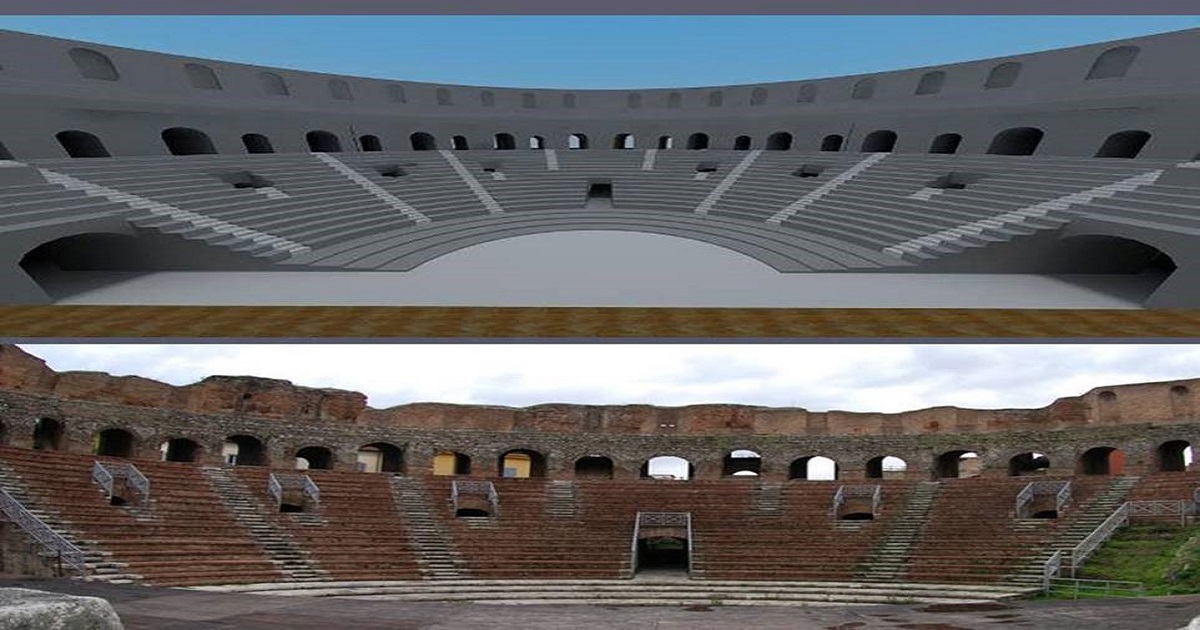Recent Advances in Architectural Acoustics and Noise Control
A special issue of Applied Sciences (ISSN 2076-3417). This special issue belongs to the section "Acoustics and Vibrations".
Deadline for manuscript submissions: closed (20 August 2025) | Viewed by 16182

Special Issue Editor
Interests: vibration and damping; green materials; room acoustics; acoustic measurements; archaeological acoustics; metamaterial acoustics; wind turbine noise; acoustic material properties; acoustic machine learning
Special Issues, Collections and Topics in MDPI journals
Special Issue Information
Dear Colleagues,
Research in the field of architectural acoustics aims to increase the comfort and quality of life of people in living and working environments. Already in the fifth century BC, in the cities of Magna Graecia in southern Italy, it was forbidden to carry out noisy activities at night so as not to disturb the peace and sleep of people, while in ancient Rome, the noise of the cities was considered a problem for people's rest . The first written treatise on acoustics that has come down to us is that of Vitruvius in the first century BC, which describes how to improve the acoustics of theatres. Modern acoustics begins with the studies of W. C. Sabine at the end of the 19th century. Architectural acoustics includes the acoustics of closed environments, buildings, work environments such as schools or industries, and sports environments such as gyms and swimming pools. To have good conditions of acoustic comfort, the evaluation of the acoustic insulation and the control of the reverberation are required in order to obtain an environment in which a suitable quality of life is possible. In addition, indoor acoustics include topics such as opera houses, concert halls and auditoriums, schools, cinemas, gymnasiums, swimming pools, restaurants, and open spaces. The optimal conditions of acoustic comfort can be obtained with good planning and the application of suitable insulating or sound-absorbing materials. Studies on the applications of metamaterial acoustics are also appreciated. In this Special Issue, we welcome original research papers and review articles based on diverse topics in building acoustics, such as:
- Acoustics of metamaterials;
- Acoustic properties of green materials;
- Acoustics in workplaces;
- Nightlife acoustics in cities and historic centers;
- Acoustic correction of closed environments;
- Acoustic measurements;
- Acoustic machine learning;
- Speech intelligibility;
- Acoustic design of closed environments;
- Acoustics of ancient theatres in modern use;
- Virtual acoustic reconstruction of historical places;
- Acoustics of places of worship.
Dr. Gino Iannace
Guest Editor
Manuscript Submission Information
Manuscripts should be submitted online at www.mdpi.com by registering and logging in to this website. Once you are registered, click here to go to the submission form. Manuscripts can be submitted until the deadline. All submissions that pass pre-check are peer-reviewed. Accepted papers will be published continuously in the journal (as soon as accepted) and will be listed together on the special issue website. Research articles, review articles as well as short communications are invited. For planned papers, a title and short abstract (about 250 words) can be sent to the Editorial Office for assessment.
Submitted manuscripts should not have been published previously, nor be under consideration for publication elsewhere (except conference proceedings papers). All manuscripts are thoroughly refereed through a single-blind peer-review process. A guide for authors and other relevant information for submission of manuscripts is available on the Instructions for Authors page. Applied Sciences is an international peer-reviewed open access semimonthly journal published by MDPI.
Please visit the Instructions for Authors page before submitting a manuscript. The Article Processing Charge (APC) for publication in this open access journal is 2400 CHF (Swiss Francs). Submitted papers should be well formatted and use good English. Authors may use MDPI's English editing service prior to publication or during author revisions.
Keywords
- opera houses
- concert halls
- metamaterials
- green materials
- workplaces
- nightlife
- closed environments
- acoustic measurement
- ancient theatres
Benefits of Publishing in a Special Issue
- Ease of navigation: Grouping papers by topic helps scholars navigate broad scope journals more efficiently.
- Greater discoverability: Special Issues support the reach and impact of scientific research. Articles in Special Issues are more discoverable and cited more frequently.
- Expansion of research network: Special Issues facilitate connections among authors, fostering scientific collaborations.
- External promotion: Articles in Special Issues are often promoted through the journal's social media, increasing their visibility.
- Reprint: MDPI Books provides the opportunity to republish successful Special Issues in book format, both online and in print.
Further information on MDPI's Special Issue policies can be found here.





